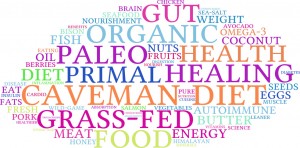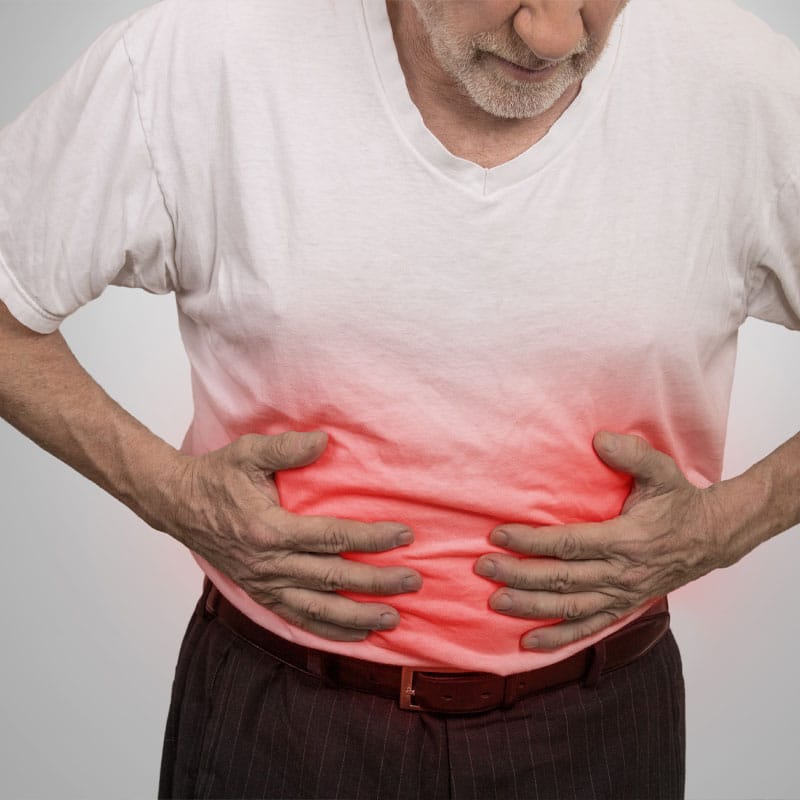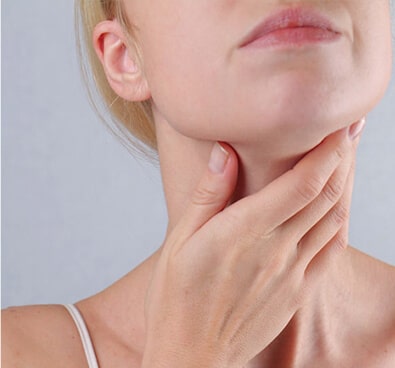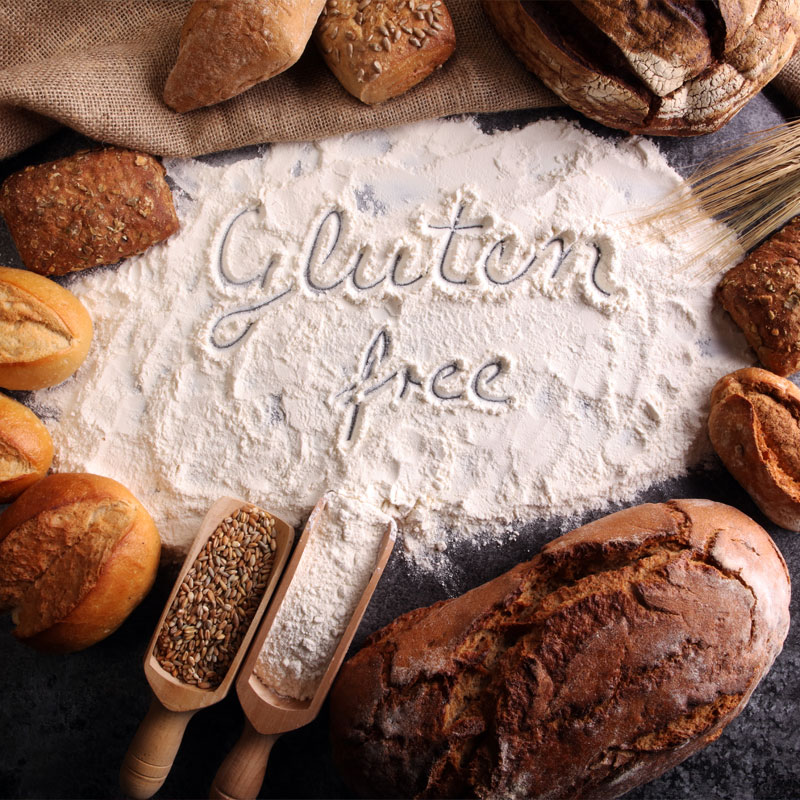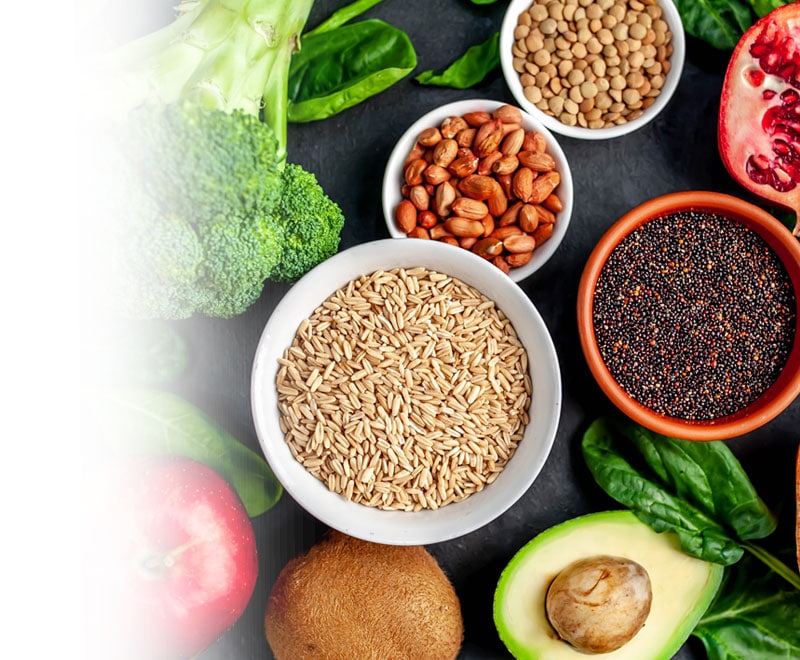What Is a Paleo Diet?
The paleo diet is growing in popularity, but what is it really? It has been called the “Caveman’s Diet,” 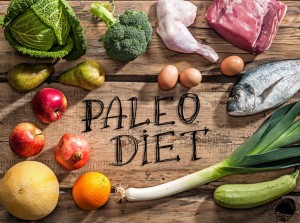
The Paleolithic diet takes us back to our primal selves. It consists of real food, meaning nothing processed, packaged, or refined. It is a diet that mimics our ancestors before the industrialization of food. This means that there are no processed grains like flour and pastas. The paleo diet also emphasizes balance. Creating a dietary balance means watching portion sizes for your body’s composition and daily activity levels while including a wide variety of vegetables and low glycemic fruits. There is a moderate portion of daily protein.
Generalized Paleo Guidelines
- Eat a whole foods diet or foods that are in their natural form. By eating foods that come directly from nature, our bodies can easily recognize and digest those foods. This allows better immunity and promotes healing.
- Avoid all modern and processed foods. This includes grains, pasteurized dairy products, industrialized oils like canola, corn and soybean oils and artificial sweeteners.
- Maintain Digestive Health by eliminating any foods that your body cannot tolerate. This could mean food sensitives or following the Blood Type Diet. Our digestive tracts are the beginning and the end of our health. It is critical to have healthy digestive tracts because about 70% of our immune system lies within the small intestine.
- Create proper blood sugar balance. If you are hungry within two hours after eating breakfast, your blood sugar is not being maintained. Creating a meal plan that encompasses adequate protein, healthy fats, and ideal carbohydrates will maintain your blood sugar throughout the day. This allows us to have better energy, clearer thinking, better stamina, and control weight gains
There is not a one-size fits all paleo dietary prescription. It is important to take the paleo guidelines and create a dietary approach that works for you and your lifestyle.
Basic Portion Size Guidelines
Protein
Servings – Women- 3-8 ounces for meals; Men- 6-10 ounces for meals; Nuts & Seeds- about a handful.
Beef, chicken, game meats, pork, fish, shellfish, nuts and seeds.
Non-starchy Vegetables
Servings – Do not limit, eat until full.
Spinach, asparagus, broccoli, cauliflower, cucumber, mushrooms, onions, peppers, tomatoes.
Starchy Vegetables
Servings – Women- ½-1 cup in meals; Men- 1-1 ½ cup in meals.
Peas, parsnips, sweet potatoes, squash, yams, pumpkin.
Fruits
Servings – For large fruits- ½ cup equals 1 serving. Berries- ¼ – ½ cup equals a serving.
Apples, avocados, berries, grapefruit, kiwis, lemons, limes, mangos, pineapples, plantains, plums, tangerines.
Fats & Oils
Servings – 2-4 tablespoons per day.
Avocado oil, Ghee, Olive Oil, Coconut Oil, Sesame Oil.
Benefits of Paleo Diet
By embracing a paleo lifestyle many have had improved health status. Proper blood sugar is maintained due to the low glycemic nature of the paleo diet. Cutting out the refined grains and processed foods decreases inflammation throughout the body. Limiting dairy decreases mucus production and improves autoimmune conditions. The high fiber and variety of vegetables improves digestion and intestinal health. The paleo diet has also been shown to increase athletic performance, increase energy, and improve skin health. Weight loss is a natural side effect of embracing the whole foods paleo diet.

